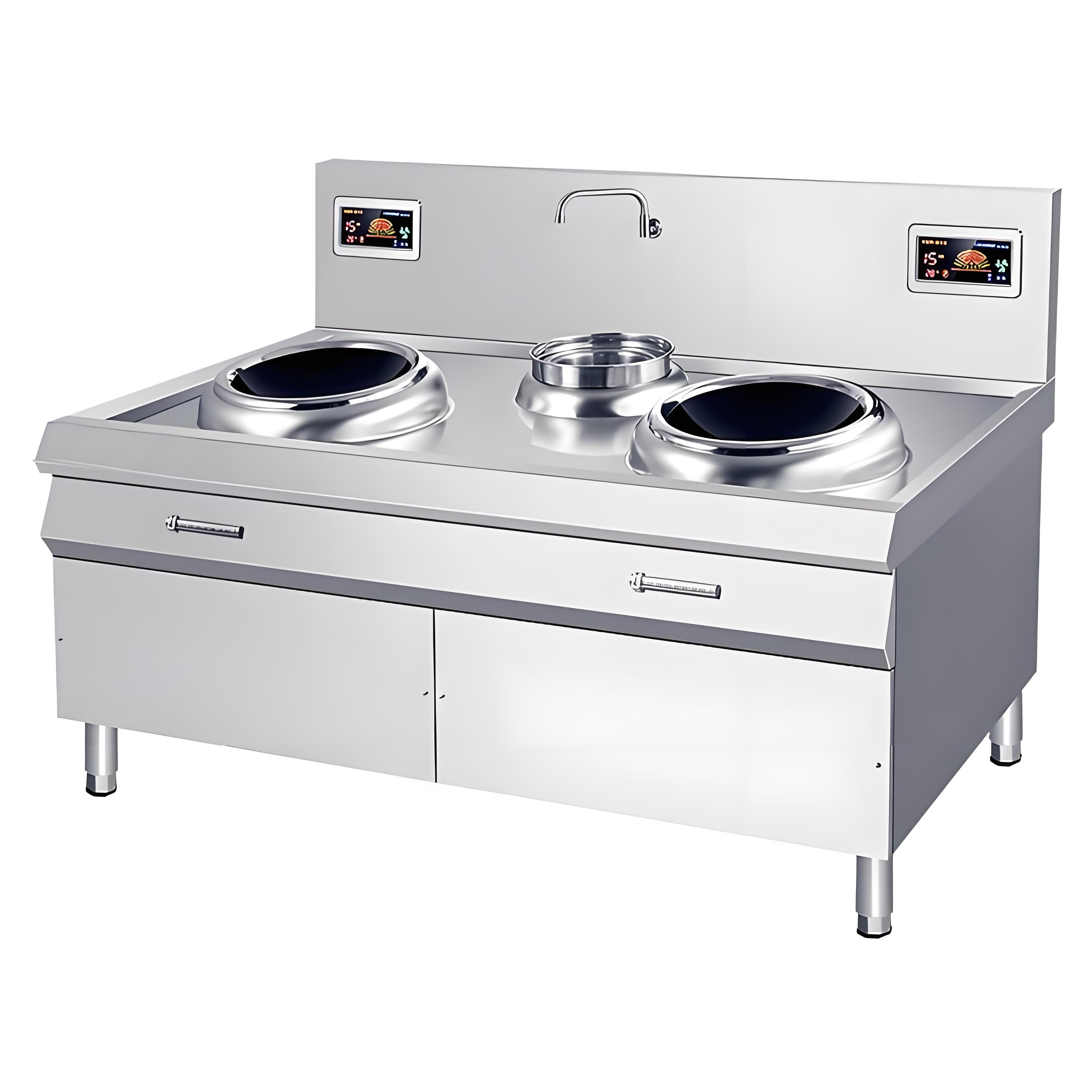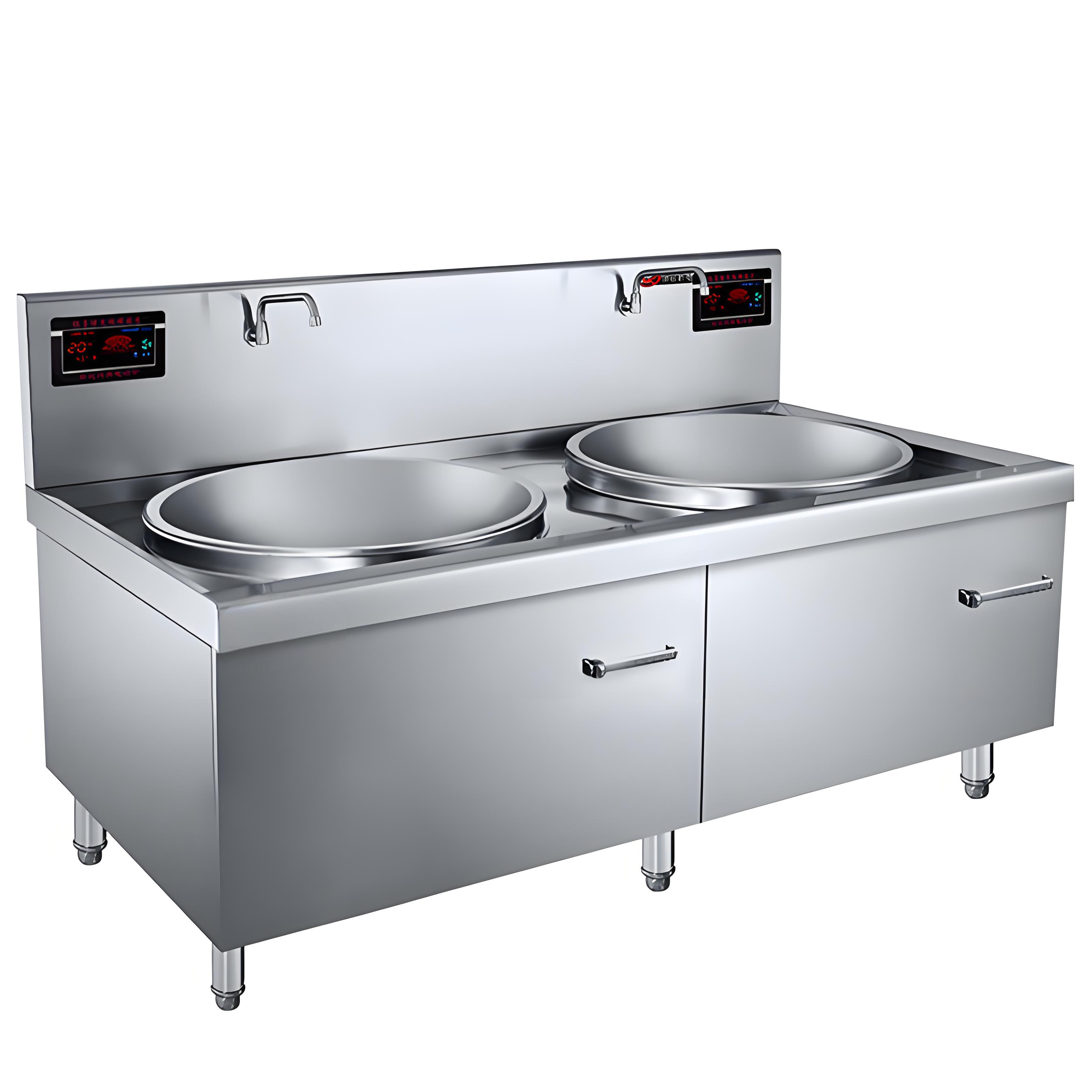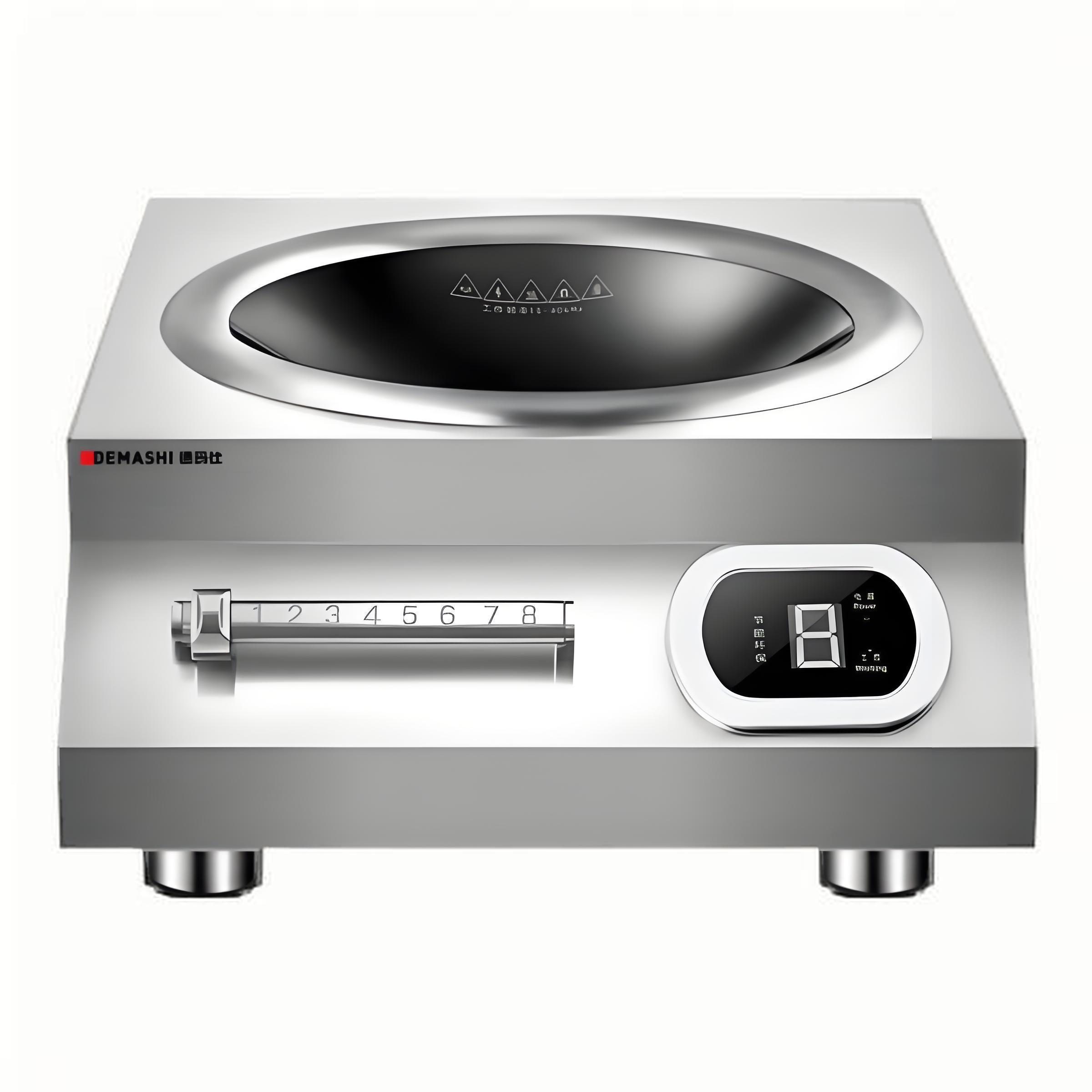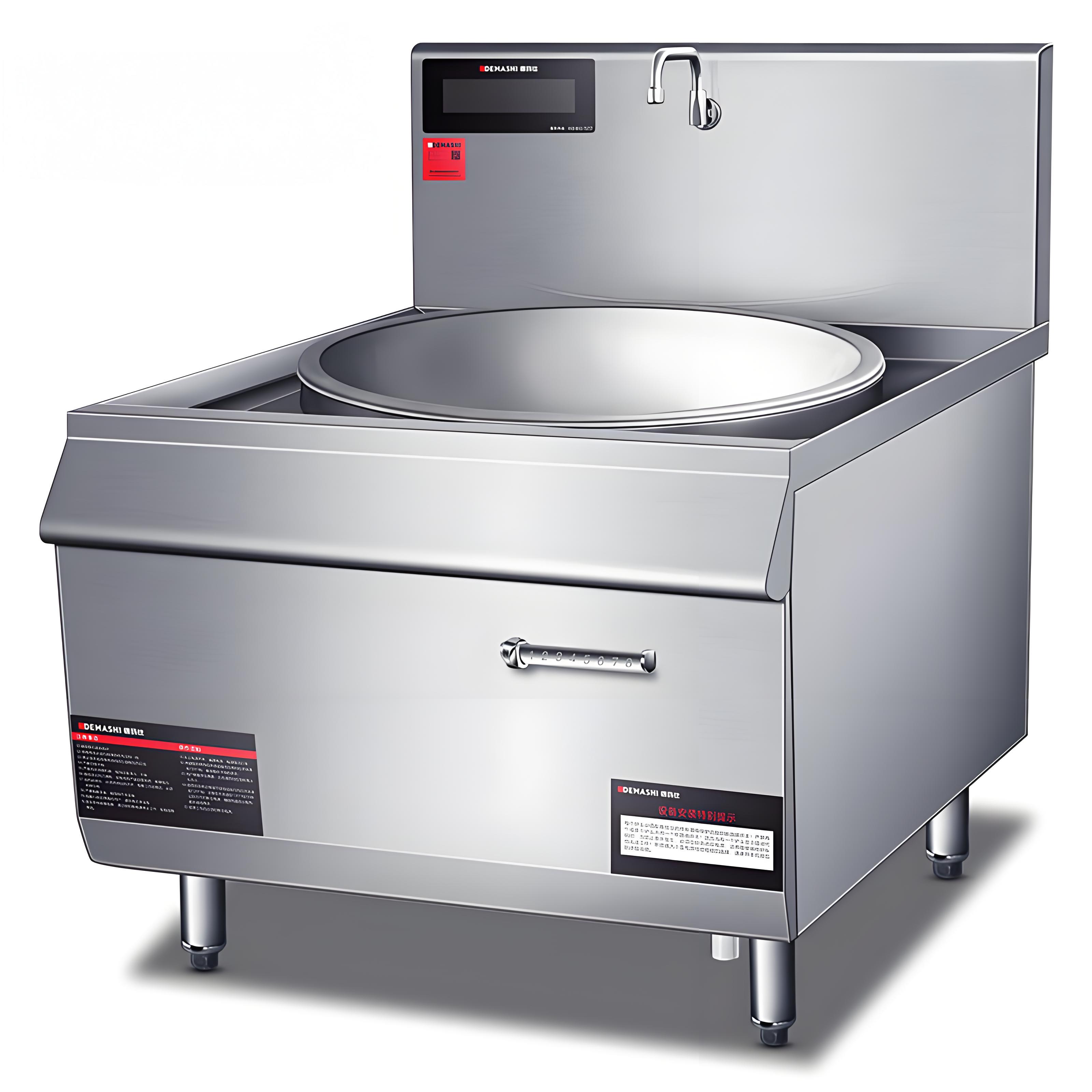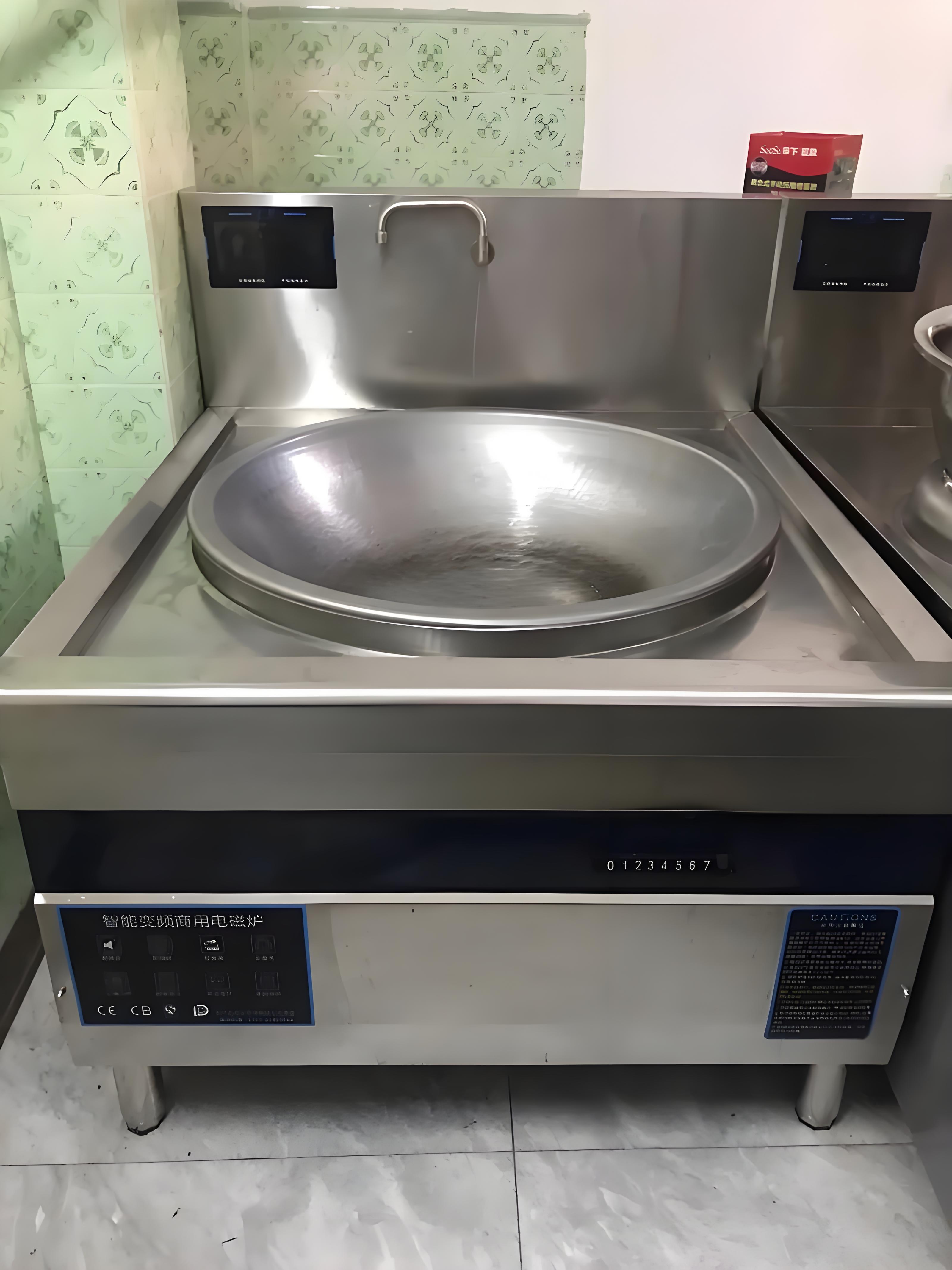As someone who’s been in the commercial kitchen equipment industry for over a decade, I’ve seen induction cooktops evolve from niche gadgets to must-have tools in professional kitchens. Whether you’re running a bustling restaurant, a catering business, or a food truck, choosing the right commercial induction cooktop can make or break your workflow. The best ones combine power, durability, and precision, but with so many options out there, it’s easy to feel overwhelmed. I’ve spent years testing, selling, and servicing these machines, and I’m here to share my insights on which models stand out for their stellar reputation among chefs, kitchen managers, and industry pros.
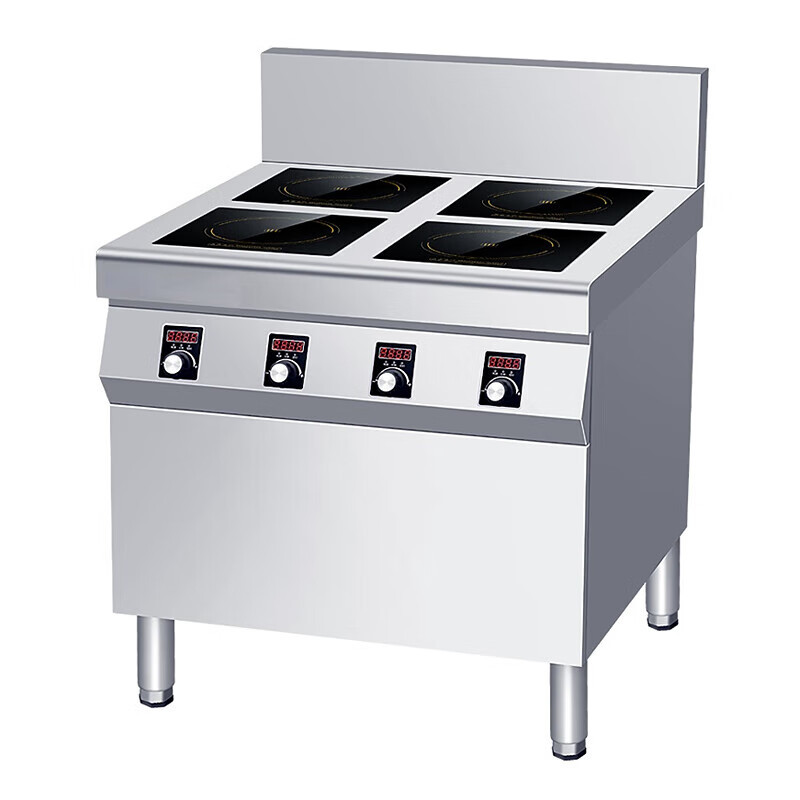
Why Induction Cooktops Are a Game-Changer for Commercial Kitchens
Induction cooktops are a favorite in professional settings for good reason. They heat up faster than gas or electric stoves, offer pinpoint temperature control, and are energy-efficient—crucial when you’re cooking for hours on end. Plus, they’re safer, with no open flames or hot surfaces lingering after use. But not all induction cooktops are created equal. Commercial-grade models need to withstand heavy use, deliver consistent performance, and handle the demands of a high-pressure kitchen environment.
In my experience, the best brands focus on three things: reliability, power output, and ease of maintenance. A cooktop that breaks down mid-service or can’t handle large-batch cooking is a liability. Below, I’ll break down the top commercial induction cooktops that have earned their stripes in the industry, based on real-world performance, user feedback, and my own hands-on observations.
Top Commercial Induction Cooktops with Stellar Reputations
Here’s a rundown of the best commercial induction cooktops that consistently get high praise from chefs and kitchen operators. These models have been vetted through years of use in restaurants, hotels, and catering operations, and they’ve earned their place through durability, performance, and user satisfaction.
1. Vollrath Mirage Pro
The Vollrath Mirage Pro is a workhorse that’s become a staple in many commercial kitchens. I’ve seen this model in action at high-volume restaurants, and it’s a favorite for its balance of power and portability. With a wattage range of 1800–3000W, it’s versatile enough for everything from simmering sauces to searing proteins. Its digital control panel is intuitive, even for staff who aren’t tech-savvy, and the stainless steel body holds up to the chaos of a busy kitchen.
What sets the Mirage Pro apart is its temperature memory function, which lets you save settings for consistent results—a lifesaver for repetitive tasks like preparing large batches of soup or stir-fry. Users also rave about its compact design, making it ideal for smaller kitchens or food trucks where space is at a premium.
2. CookTek MagnaWave
When it comes to raw power, the CookTek MagnaWave is hard to beat. This beast delivers up to 3500W of cooking power, making it a go-to for high-output kitchens like those in hotels or banquet halls. I’ve spoken with chefs who swear by its rapid heat-up times and ability to maintain precise temperatures, even during long cooking sessions. The heavy-duty ceramic glass surface is a big plus, as it resists scratches and is easy to clean, which is critical in a fast-paced environment.
One thing I’ve noticed is that the MagnaWave’s fan cooling system is quieter than most, which is a small but meaningful detail when your kitchen is already a symphony of noise. The only downside? It’s a bit pricier, but for kitchens that need reliability under pressure, it’s worth every penny.

3. Max Burton 6400 Digital Choice
For smaller operations or those on a tighter budget, the Max Burton 6400 Digital Choice is a surprisingly robust option. Don’t let its lower price point fool you—this 1800W cooktop punches above its weight. I’ve seen it used in catering setups and food stalls, where its portability and ease of use make it a crowd-pleaser. The LED display and 10 temperature settings give you decent control, though it’s not as precise as pricier models like the CookTek.
What I love about the Max Burton is its durability for the price. It’s not meant for 24/7 use in a Michelin-starred kitchen, but for small to medium-sized operations, it’s a reliable choice that won’t break the bank.
4. Waring Commercial WIH400
The Waring Commercial WIH400 is another model that’s earned a loyal following, especially in mid-sized restaurants. With 1800W of power, it’s versatile enough for most cooking tasks, from boiling to sautéing. Its 12 heat settings offer good flexibility, and the stainless steel housing is built to last. I’ve seen this unit in kitchens that run it for 12 hours a day, and it holds up remarkably well.
One chef I know loves the safety features, like the automatic shut-off if no cookware is detected, which prevents accidents during hectic service hours. It’s also relatively lightweight, making it easy to move if you’re reconfiguring your kitchen setup.
Comparison Table of Top Commercial Induction Cooktops
To make it easier to compare, here’s a table summarizing the key features of these top models:
|
Model |
Power (Watts) |
Key Features |
Best For |
|---|---|---|---|
|
Vollrath Mirage Pro |
1800–3000 |
Temperature memory, digital controls, compact |
Versatile kitchens, food trucks |
|
CookTek MagnaWave |
Up to 3500 |
High power, durable ceramic glass, quiet fan |
High-volume restaurants, hotels |
|
Max Burton 6400 |
1800 |
Affordable, portable, 10 temperature settings |
Small businesses, catering |
|
Waring Commercial WIH400 |
1800 |
12 heat settings, safety features, durable |
Mid-sized restaurants |
This table should give you a quick snapshot of which model might suit your needs, but let’s dive deeper into what makes these cooktops stand out in real-world scenarios.
What to Look for in a Commercial Induction Cooktop
Choosing the right induction cooktop isn’t just about picking the most expensive model or the one with the most features. In my years in the industry, I’ve learned that the best choice depends on your kitchen’s specific needs. Here are the key factors to consider:
Power and Performance
Commercial kitchens need cooktops that can handle high heat and quick recovery times. Look for models with at least 1800W for smaller operations and 3000W or more for high-volume settings. The CookTek MagnaWave, for example, is a beast at 3500W, making it ideal for searing or boiling large pots of water quickly.
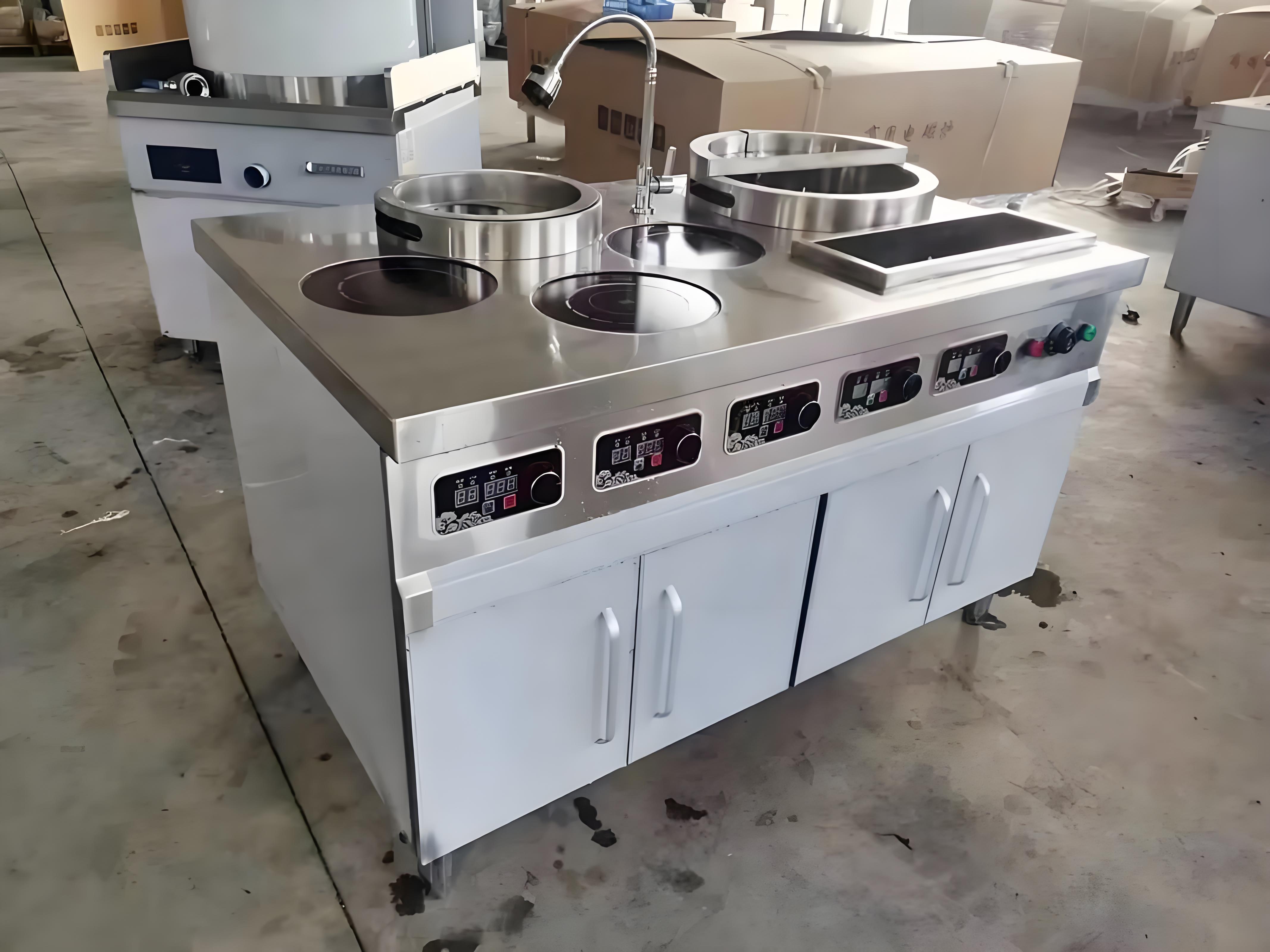
Durability
A cooktop that can’t withstand daily abuse isn’t worth your investment. Stainless steel bodies and ceramic glass surfaces are non-negotiable for commercial use. The Vollrath Mirage Pro and Waring WIH400 both excel here, with builds that can take a beating and still look good.
Ease of Use
In a busy kitchen, complicated controls are a recipe for disaster. Models with digital displays and intuitive controls, like the Vollrath Mirage Pro, save time and reduce errors. If your staff is constantly toggling through confusing settings, you’re losing efficiency.
Safety and Maintenance
Safety features like automatic shut-off and overheat protection are critical in a commercial setting. The Waring WIH400 shines here, with sensors that detect when cookware is removed. Also, look for models that are easy to clean—a smooth surface and minimal crevices make a big difference when you’re scrubbing down after a long shift.
Portability
If you run a catering business or food truck, weight and size matter. The Max Burton 6400 and Vollrath Mirage Pro are both lightweight enough to move easily without sacrificing performance.
Real-World Insights from Industry Pros
Over the years, I’ve talked to dozens of chefs and kitchen managers about their experiences with induction cooktops. One story that sticks with me is from a chef at a high-end bistro in Chicago. He switched to the CookTek MagnaWave after his old gas range kept causing temperature inconsistencies. He told me the precise control and fast heat-up times cut his prep time by 20%, which meant faster service and happier customers.
Another caterer I know relies on the Max Burton 6400 for pop-up events. She loves how easy it is to pack up and move, and the fact that it’s budget-friendly means she can afford multiple units for larger gigs. These real-world stories confirm what I’ve seen in my own testing: the right cooktop can transform your workflow.
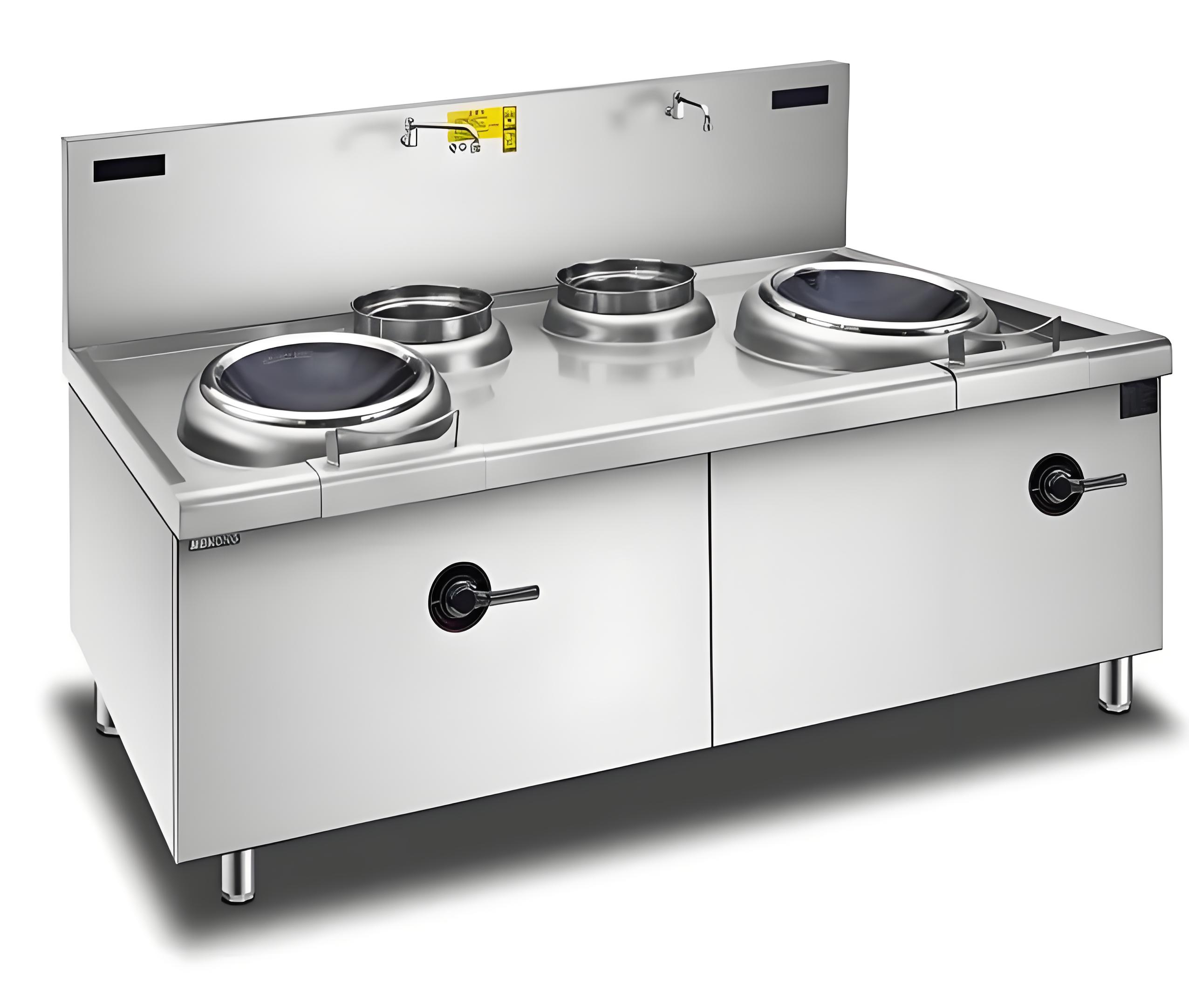
Common Challenges and How to Address Them
Even the best induction cooktops come with challenges. Here are a few I’ve encountered and how to handle them:
Cookware Compatibility: Induction cooktops require ferromagnetic cookware (like cast iron or stainless steel). If your pans don’t work, invest in a few high-quality induction-compatible pieces. I recommend checking with manufacturers like All-Clad or Demeyere for durable options.
Power Supply: High-wattage models like the CookTek MagnaWave need a robust electrical setup. Make sure your kitchen’s outlets can handle the load—typically 208–240V for commercial units.
Learning Curve: Some staff may be hesitant to switch from gas or electric. I’ve found that a quick training session focused on the cooktop’s controls and safety features can ease the transition.
Why Reputation Matters in the Industry
In the commercial kitchen world, a cooktop’s reputation isn’t just about brand name—it’s about consistent performance under pressure. The models I’ve highlighted have earned their stripes through years of real-world use, glowing reviews from chefs, and minimal service calls. When you’re investing in equipment that’s central to your operation, you want something that’s been battle-tested.
For example, I once worked with a restaurant group that switched their entire kitchen line to Vollrath Mirage Pro units after a competitor’s cooktops kept failing during peak hours. The switch wasn’t cheap, but the downtime they saved and the consistency they gained made it worth it. That’s the kind of reliability you’re paying for with these top-tier brands.
Final Thoughts
Choosing a commercial induction cooktop is about finding the right balance of power, durability, and ease of use for your specific needs. The Vollrath Mirage Pro is my top pick for its versatility and compact design, while the CookTek MagnaWave is unbeatable for high-volume kitchens. For those on a budget, the Max Burton 6400 delivers surprising value, and the Waring WIH400 is a solid all-rounder for mid-sized operations.
Investing in a high-quality induction cooktop isn’t just about cooking—it’s about improving efficiency, ensuring safety, and keeping your team happy. After years in this industry, I can tell you that the right equipment makes all the difference. If you’re ready to upgrade your kitchen, any of these models will serve you well.
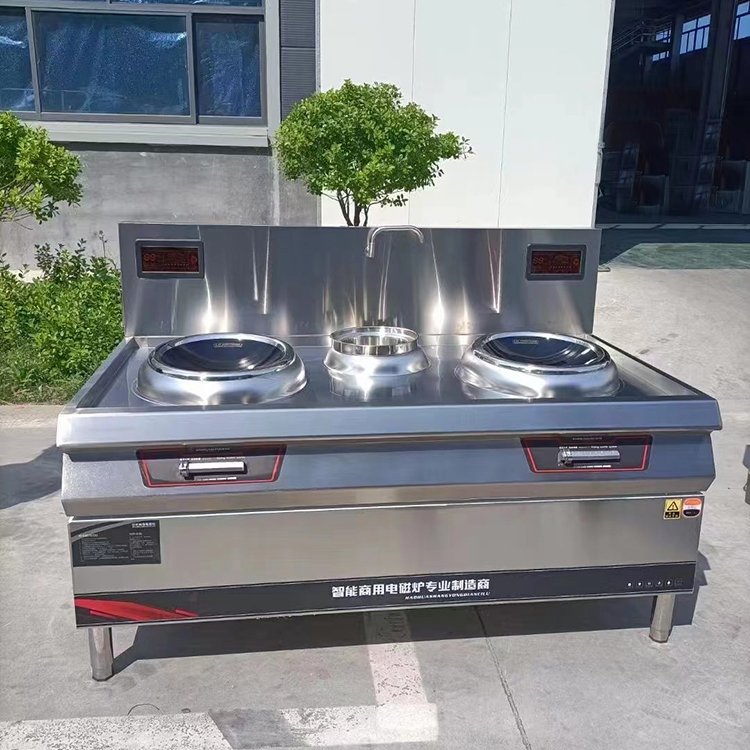
Related Questions and Answers
Q: Can I use my existing cookware with an induction cooktop?
A: Induction cooktops require cookware with a magnetic base, like cast iron or certain stainless steels. Test your pans with a magnet—if it sticks, they’re compatible. If not, you’ll need to invest in induction-ready cookware.
Q: Are commercial induction cooktops worth the investment?
A: Absolutely. They’re more energy-efficient, safer, and faster than traditional gas or electric stoves. For busy kitchens, the time and energy savings add up quickly.
Q: How do I maintain my induction cooktop?
A: Clean the surface with a damp cloth and mild detergent after each use, ensuring it’s cool first. Avoid abrasive cleaners to protect the ceramic glass. Regularly check for wear on the power cord and ensure proper ventilation to prevent overheating.
Q: What’s the difference between commercial and residential induction cooktops?
A: Commercial models are built for heavier use, with higher wattage, more durable materials, and features like precise temperature control. They’re designed to handle the demands of a professional kitchen, unlike residential models, which are better suited for home use.
